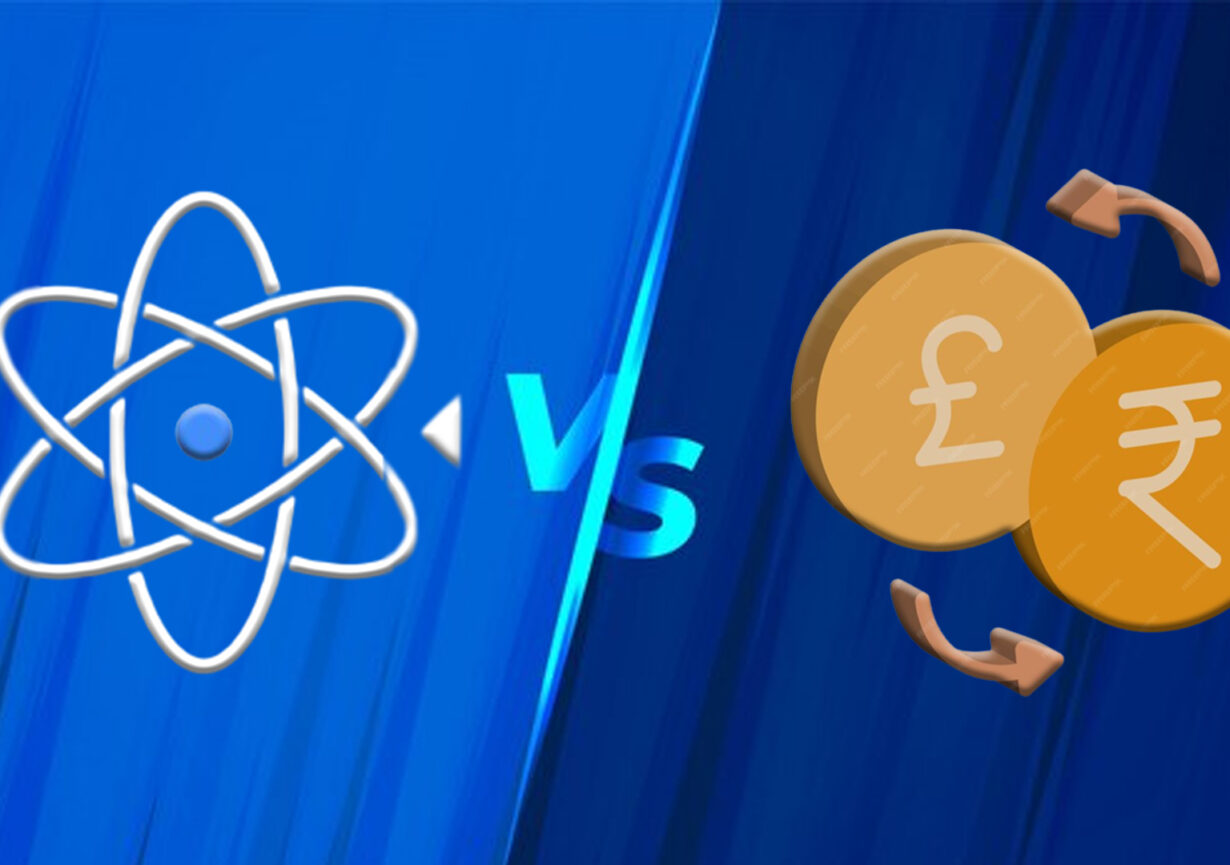- Atomic swaps are used to swap crypto tokens and assets across different blockchain networks.
- Traditional exchanges are marketplaces for trading financial instruments.
- These help boost crypto mass adoption among users.
As the name suggests, atomic swaps involve the swapping of crypto assets among different blockchain networks. It has both benefits and limitations. However, traditional exchanges are marketplaces for the trading of financial instruments.
What Are Atomic Swaps?
These are ways of trading tokenized assets across different blockchain networks without relying on a centralized intermediary to facilitate transactions. It helps DeFi users maintain a high level of decentralization as they move across the multi-chain Web3 ecosystem. These allow for the peer-to-peer exchange of crypto tokens across different blockchain networks. It helps two users swap digital tokens without the involvement of a third party.
The term ‘atomicity’ refers to database transactions that either execute in full or not at all. Hence, according to the name, atomic swaps either perform the swap by receiving necessary token deposits from each user or return all deposited tokens to their original owner. These use HTLC (hashed timelock contract), which acts as a ‘cryptographic escrow account’ or ‘virtual vault’ that keeps user funds safe and executes when the correct amount of tokens has been deposited into the contract.
HTLC is a time-bound smart contract where a cryptographic hash and private key are used to control access to funds. It has two core security features: a hashlock key and a timelock key.
The advantages of atomic swaps are deeper liquidity, reduced counterparty risks, direct asset-to-asset swaps, guaranteed outcomes and lower costs. The disadvantages of atomic swaps are privacy concerns, ease of use and compatibility.
What Are Traditional Exchanges?
These are marketplaces where securities, commodities, and other financial instruments are traded. These are considered a ‘lit’ market as the quotation information is publicly displayed. Every participant can take part in the trading on both sides (buy or sell) by acting on the publicly available trading information.
These are more heavily regulated than crypto platforms and bring brokers and dealers together to buy and sell financial instruments. There are around 60 major global stock exchanges that range in size and trading volume. Examples of two major U.S. financial securities markets are the Nasdaq and the New York Stock Exchange.
Traditional exchanges are boosting crypto mass adoption due to the increasing variety of exchange-traded products (ETPs) and the rapid development of indices. These have enabled more investors to gain exposure to crypto assets without the complexities of custody and ownership.
Conclusion
The world is at a very early stage of cryptocurrency financial products and there remain many regulatory hurdles to pass but traditional exchanges are boosting the adoption of crypto. Atomic swaps facilitate transactions without the involvement of intermediaries or third parties. It helps to exchange crypto tokens and assets across different blockchain networks, which is beneficial for the users and participants. It has both advantages and disadvantages that should be considered before using atomic swaps.


Leave a Reply